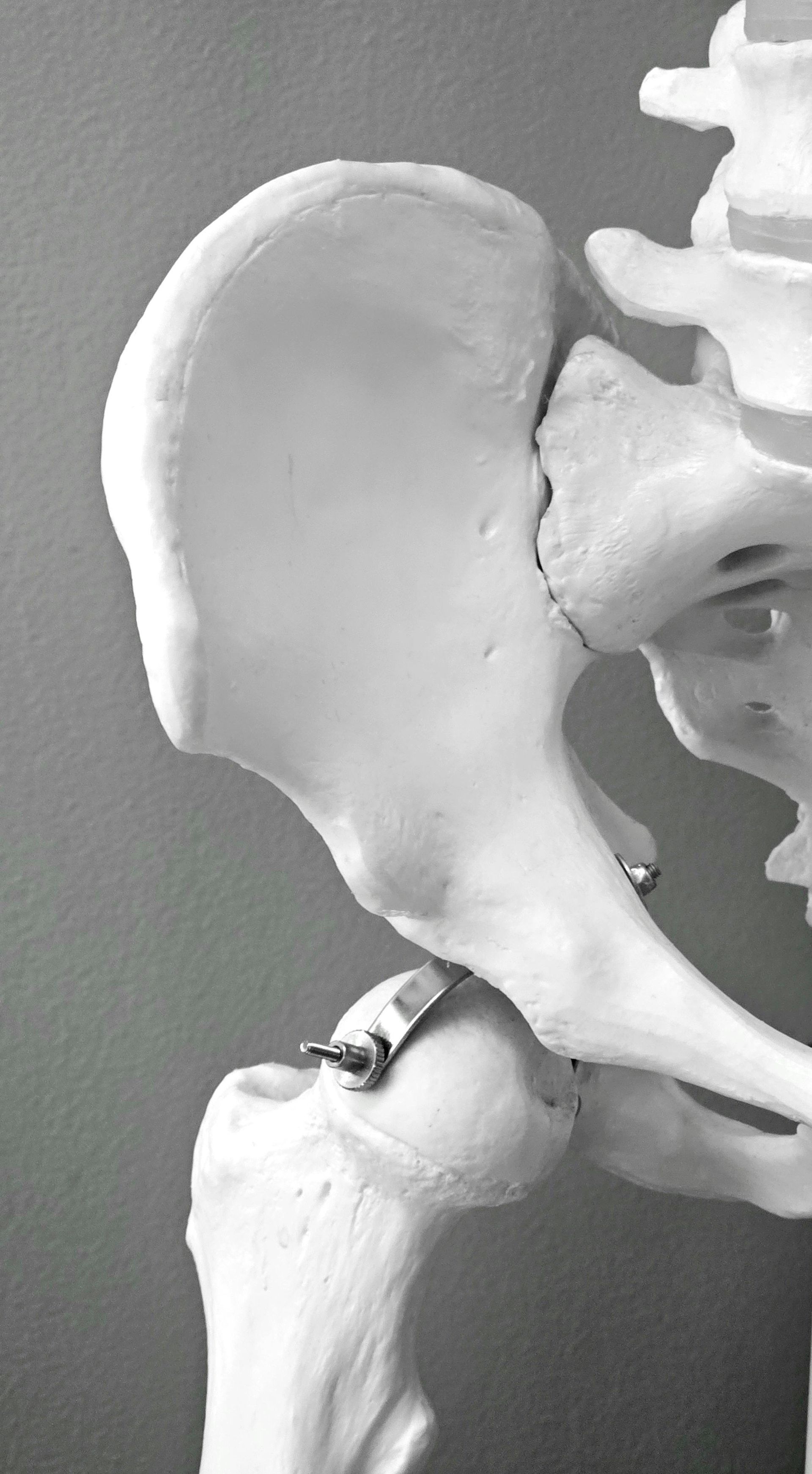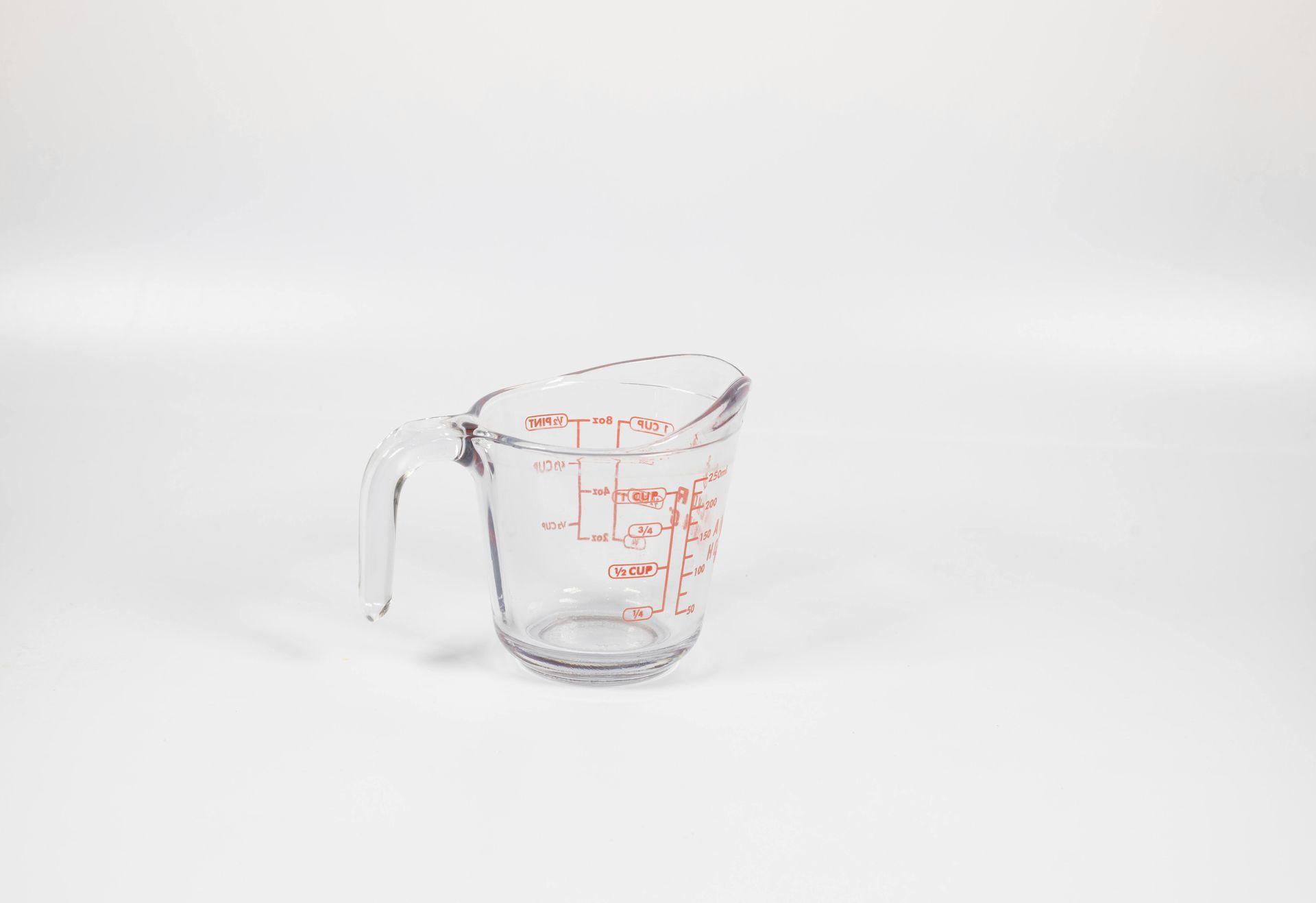PELVIC FLOOR PHYSIOTHERAPY
Pelvic floor physiotherapy is a specialized field that plays a crucial role in addressing a wide range of pelvic health issues.
This branch of physiotherapy focuses on optimizing the function of the pelvic floor muscles, which are essential for maintaining bladder and bowel control, supporting pelvic organs, and contributing to sexual function[1][2].
What does pelvic floor physiotherapy do?
Pelvic floor physiotherapy is an evidence-based treatment approach that can help with various conditions, including:
- Bladder function eg leakage, urgency, pain
- Bowel function eg constipation, faecal incontinence, anal pain
- Pelvic organ prolapse
- Pelvic pain - menstrual related and non-menstrual related
- Sexual dysfunction eg pain, or inability to have intercourse
- Hip pain
This type of therapy is beneficial for people of all genders and ages, including pregnant and postpartum women, menopausal individuals, and those recovering from pelvic surgeries. Dr Sam thinks that pelvic physio should be available for everyone. Much like an investment or a life skill!
What to Expect from a Pelvic Floor Physiotherapist
A pelvic floor physiotherapist employs a comprehensive approach to assess and treat pelvic floor dysfunction. Here's what you can expect during a session:
Initial Assessment:
- Detailed discussion of your medical history and current symptoms
- External examination of posture, flexibility, and strength around the lower back, hips, and pelvis and movement of your ribs/breathing patterns
- Possible internal examination to assess pelvic floor muscle function
Treatment Plan:
Every plan is very individualised and it will depend on your needs, priorities and the skill set of the physiotherapist
- Personalized exercises and techniques
- Manual therapy
- Education on lifestyle modifications
- Bladder/bowel diaries may be beneficial
- Relaxation techniques
- Biofeedback training
Follow-up Sessions:
- Progress monitoring
- Adjustment of treatment plan as needed
- Ongoing support and guidance
Preparing for Your Appointment
When preparing for a pelvic floor physiotherapy appointment, keep in mind that an internal examination may be recommended. This procedure involves the physiotherapist using one or two gloved fingers to assess the tone, strength, and coordination of your pelvic floor muscles[4].
Additionally, your physiotherapist may evaluate your walking gait and breathing patterns, as these can impact pelvic floor function. They'll observe how you move and breathe to identify any potential issues that could be contributing to your symptoms
Remember, your comfort and consent are paramount throughout the entire process. The physiotherapist will explain each step thoroughly and ensure you feel at ease during the examination and treatment.
By addressing pelvic floor issues through specialized physiotherapy, you can significantly improve your quality of life and regain control over your pelvic health.
Some other considerations:
- ACC now cover birth injuries - you may be eligible for pelvic physiotherapy funding. Discuss with your GP or physiotherapist when you book your appointment
- If you have experienced trauma and have a sensitive claim under ACC, you may also be eligible for funding support for this therapy
Health Library
Learn - Pelvic health











